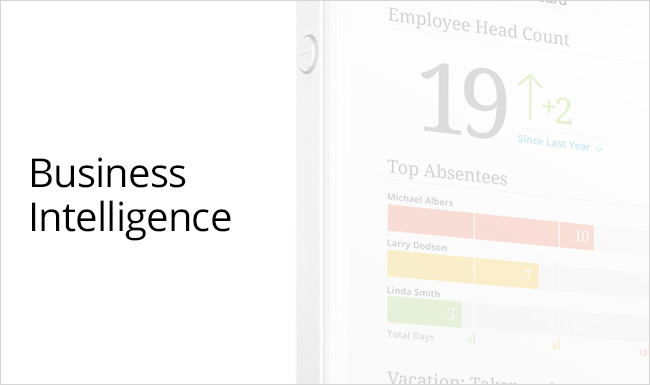
Shareplus program download download#

A helpful mnemonic tool – an easily remembered acronym-is ‘STOP’ Infantile Spasms:.The earlier a child is diagnosed, the greater the chances that the spasms can be effectively treated.Parents and caregivers often report that their concerns are not heard by their providers and infantile spasms are overlooked, but they should feel empowered to pursue more investigation.Awareness of IS symptoms and prompt action are critical.

Pediatricians, emergency care physicians, and family practitioners are often the first to see a baby with infantile spasms (IS).

Prompt diagnosis and treatment are critical, but this is challenging because infantile spasms can be mistaken for normal baby movements or other disorders that don’t demand urgency. Urgent identification is critical for parents, caregivers and providers. Know the signs to ‘STOP’ Infantile Spasms. Infantile spasms occur in up to 35 percent of children with tuberous sclerosis complex (TSC), a genetic disorder that causes tumors to form in various organs and the leading genetic cause of both epilepsy and autism.Worldwide, it is estimated that a baby is diagnosed with infantile spasms every 12 minutes.A baby can have more than 100 seizures in one day! Often, infantile spasms occur in quick succession-sometimes dozens at a time.While infantile spasms appear as subtle movements – not as outwardly visible as grand mal or “convulsion” seizures – they are still a dangerous form of epilepsy.IS can be misdiagnosed as colic, reflux, or a startle reflex. Infantile spasms are caused by a condition in a baby’s brain and include repetitive, but often subtle movements-such as jerking of the mid-section, dropping of the head, raising of the arms or wide-eyed blinks.IS can cause catastrophic, permanent damage to a child’s developing brain. Infantile spasms (IS) are seizures, usually occurring in children under age one, which are often overlooked. Know the signs to ‘STOP’ Infantile Spasms. Identifying spasms is critical for parents, caregivers and providers. Prioritize treatment: End spasms to minimize developmental delays Obtain diagnosis: Confirm an irregular brain wave pattern with an EEG test. Take a video: Record the symptoms and talk to your doctor immediately. See the signs: Clusters of sudden, repeated, uncontrolled movements like head bobs or body crunching. This helpful mnemonic tool – an easily remembered acronym-is STOP Infantile Spasms: With the mnemonic as the centerpiece for 2017 awareness, we reached over 195 million due to the collective efforts of ISAN. During ISAW 2017, the Infantile Spasms Action Network (ISAN) introduced the STOP Infantile Spasms mnemonic. IS can be misdiagnosed as colic, reflux, or a startle reflex.Īlthough awareness efforts are year-round, Infantile Spasms Awareness Week (ISAW) is held annually on December 1-7.

Infantile Spasms (IS) are a medical emergency. Infantile spasms are a rare, but very serious type of seizure. Questions about ISAN? Want your organization/company to get involved? Visit. Today, this group has grown into a collaborative network of 30 national and international entities focused on raising awareness for infantile spasms. The group discussed a comprehensive strategy to raise IS awareness. IS efforts are showcased during ISAW. In 2016, CNF convened two forums that brought together epilepsy advocates and leaders from provider member societies. In 2015, CNF partnered with the Tuberous Sclerosis Alliance (TS Alliance) to lead a multi-year IS awareness and education initiative. Currently over 30 national and international organizations strong, ISAN hosts Infantile Spasms Awareness Week every December and created the STOP IS mnemonic-seen by 195 million! Visit to learn more.


 0 kommentar(er)
0 kommentar(er)
